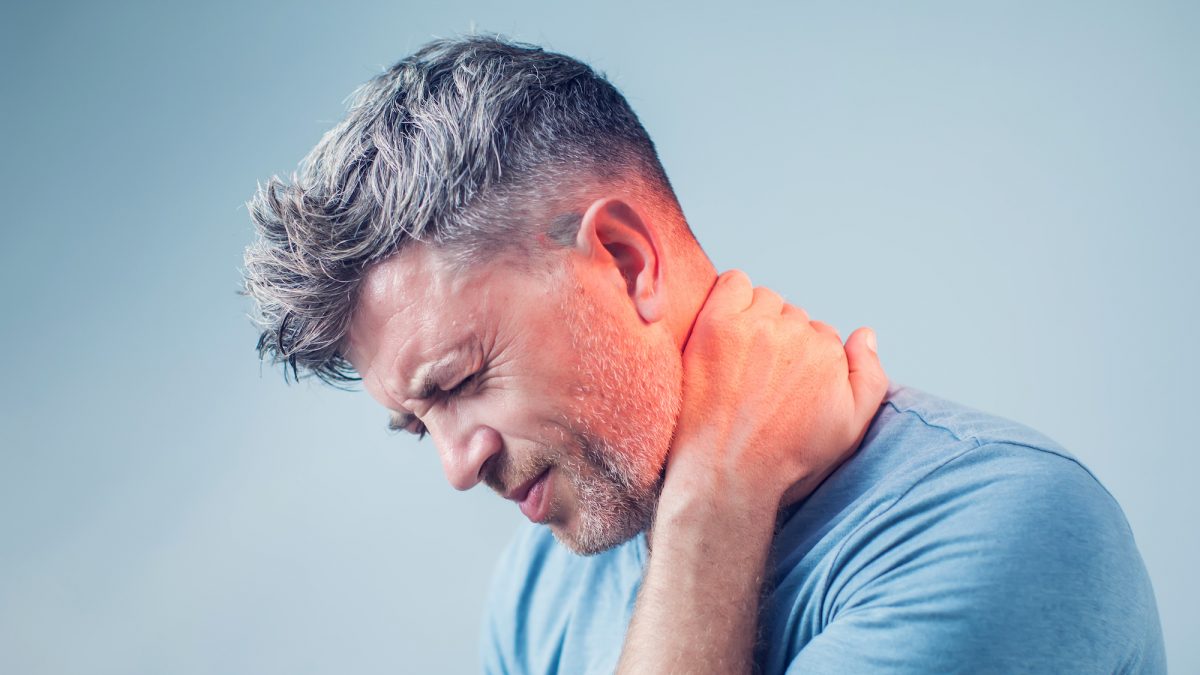Turn Toward the Pain
{11 minutes}
Turn toward the pain
That's where the information is
Growing up in a dissociative matrix, many of us have been taught by our medicine, our history, and our society to numb out the pain. We ignore it, we suppress it, we soldier on. We have a headache and we take an aspirin. Our stomach hurts and we take an anti-acid. Rarely do we ask ourselves–Why does my head hurt? What am I having trouble digesting?. At the most elemental level, treating pain signals from the body as random is a byproduct of a deeper mind-body split. It is a fundamental failure to find meaning in the information conveyed to us by the body. Because what is pain if not information?
When you receive information do you ignore it? Do you suppress it? Do you attempt to make it go away? Not if you are smart. If you are smart you investigate it.
The question then becomes–how do we investigate pain, which is by definition uncomfortable–without either over-identifying with it, resisting it, or contracting around it? And the answer here is not academic or abstract, because we have to train ourselves to relate to pain (physical, emotional, spiritual) with in a particular way. Equanimity, is translated from a Sanskrit word that refers to keeping the mast of a ship upright in a storm, is the ability to bring a balanced attention to investigate our experience. When the experience is painful, if we aren’t diligent we can collapse into the pain, and identify with it in an existential way (e.g., I’m an anxious person…rather than I’m experiencing anxiety.) What often happens, without awareness, with physical or emotional pain is that we contract around it. This is a natural defensive response of the body itself, yet it is often the contraction around the pain that causes suffering and symptoms.
What we are describing here is a practice of relating to pain, physical or emotional, in a specific meditative fashion so that we don’t either over-identify with it, resist it, or contract around it, but rather explore it, and thereby learn what it has to teach us. We can learn to direct out attention at pain with compassion, sensisitivity, and precision. We can learn to point our attention at pain to listen to it, to receive the information in it, to hear what it has to tell us. We can allow pain to become what it really is: a great teacher.
Related Practices:
See Meditation. See Emotional Yoga. See Escaping the Prison of the Mind. See Healing Neglect. See Healing Trauma. See Interoception. See Grounding. See Learn to Set Clear Boundaries. See Core Neurobiological Self. See 3 Steps: Assess, Down-Shift, Connect. See Tracking Physiology. See Turning Your Nervous System into Your Ally. See Restorative Justice.Photography: | Licensed from Pexels.com, used with permission.


